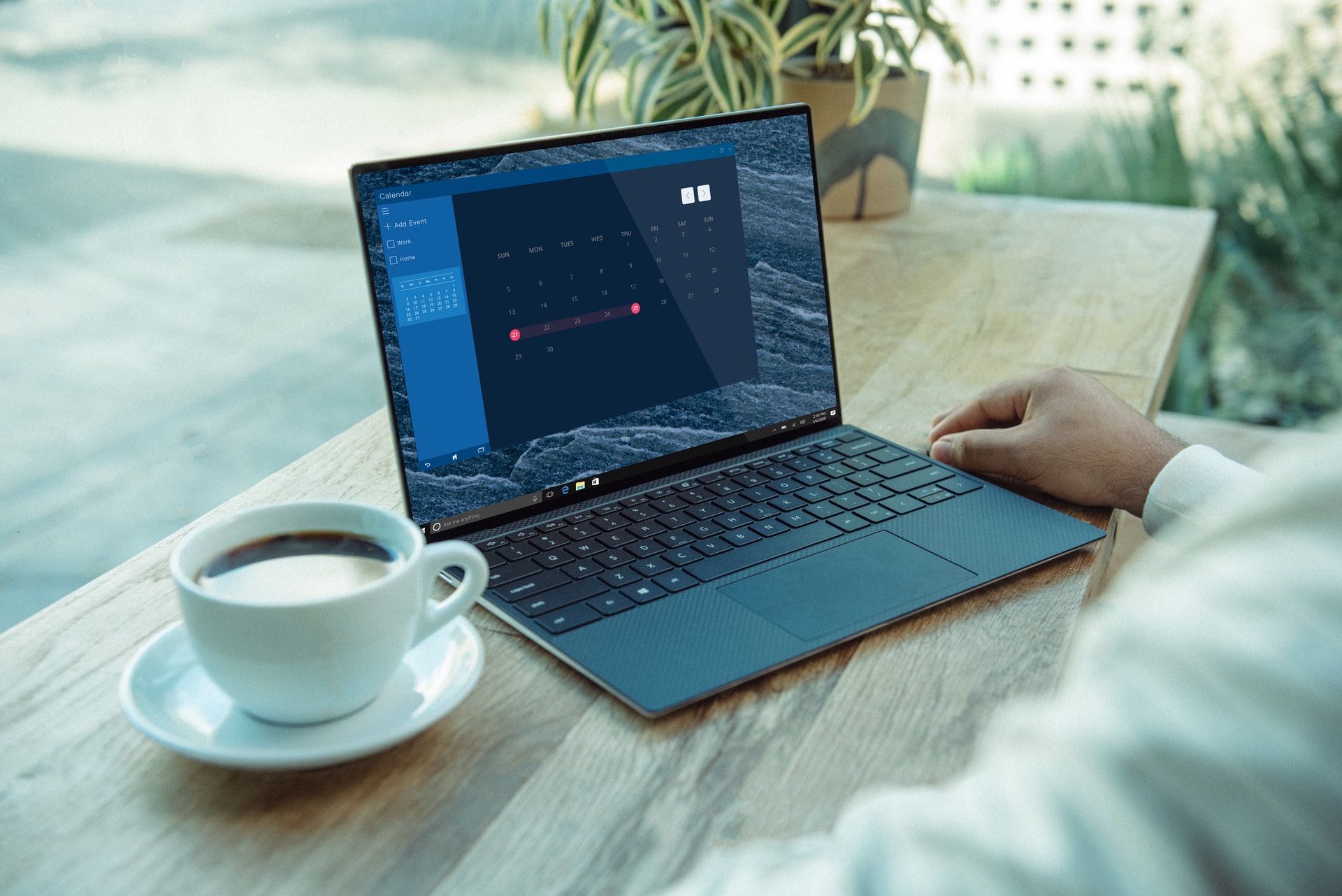The Growth of Cybersecurity Demand
Digital transformation has become a cliché in the public sphere. Similarly, cyber threats have grown at the same rate as digitization. Cybersecurity threats have grown from basic to a multifaceted fashion. The fact that organizations of all scales have fully embraced the digital revolution reveals why the the-world will continue to struggle with the ever-growing and ever-mutating cybersecurity threats. As the demand for cybersecurity grows, partnering with the best managed service providers ensures your business stays ahead of threats in this fast-paced digital world
Armed with powerful modern computers and the ease of accessibility to the Dark Web, the attackers have the right tools needed to fuel their devastating activities and even the best managed service providers had to step up their game. The more the technologies shift, the better their tactics become. They’re never intimidated by how good security architectures are and they stop at nothing to infiltrate them.
Here is how cybersecurity demands have grown over time.
Internet of Things (IoT) Innovations and Wireless Networks
The emergence of IoT and 5G networks has contributed to an increase in cybercrimes. Most of the global economies have rolled out 5G networks hoping that the trend will foster seamless user connectivity and user experiences.
Even with these tech-advancements, the transmission of information among different devices (as enabled by IoTs and 5G) has exposed computer systems to diverse cybersecurity issues like susceptibility from attacks, outside influences, and unidentified software bugs. This explains the need to institutionalize extensive research aimed at securing 5G networks to minimize their vulnerability to security breaches.
Bring Your Own Device (BYOD) and Mobile Apps Explosion
Over the past few years, many organizations have extended open arms to the idea of Bring Your Own Device (BYOD). The idea is that it will reduce their operational costs while improving work-based productivity. However, BYOD has only exposed these organizations to more cyber threats.
There are various applications out there with fantastic promises, but many of these applications are dangerous. Organizations can prevent such malicious programs by prioritizing user education. They should also install solutions on the employees’ devices to reduce the effects of malicious attacks.
Cloud systems and the DevOps Culture
The adoption of cloud and DevOps culture has added to the demand for securing end-to-end workflows. There’s a high possibility of data leaks as organizations adopt the cloud as a default solution for their data storage needs.
The emergence of COVID-19 pandemic has triggered a great shift toward remote work and telehealth services. Indeed, they provide various opportunities and value to society, but they come with initial drawbacks. This has created more grounds for cybersecurity risks and attacks. These trends collectively expand the threat surface in multiple dimensions.
Threats from diversified vectors like ransomware, spear phishing, cyber espionage, and state-sponsored threats constantly add demands for skilled cybersecurity experts. Professional IT firms like AnyTech365 highlight how important it is to remind your employees of their password security to comply with security guidelines. When employees are continually trained to monitor and track suspicious activity, it creates robust defensive measures against most threats. While the threats are becoming more sophisticated, you can be proactive in your response.
For an organization to make it through this digital era, it has to keep up with the cybersecurity trends and beef up its security measures.

